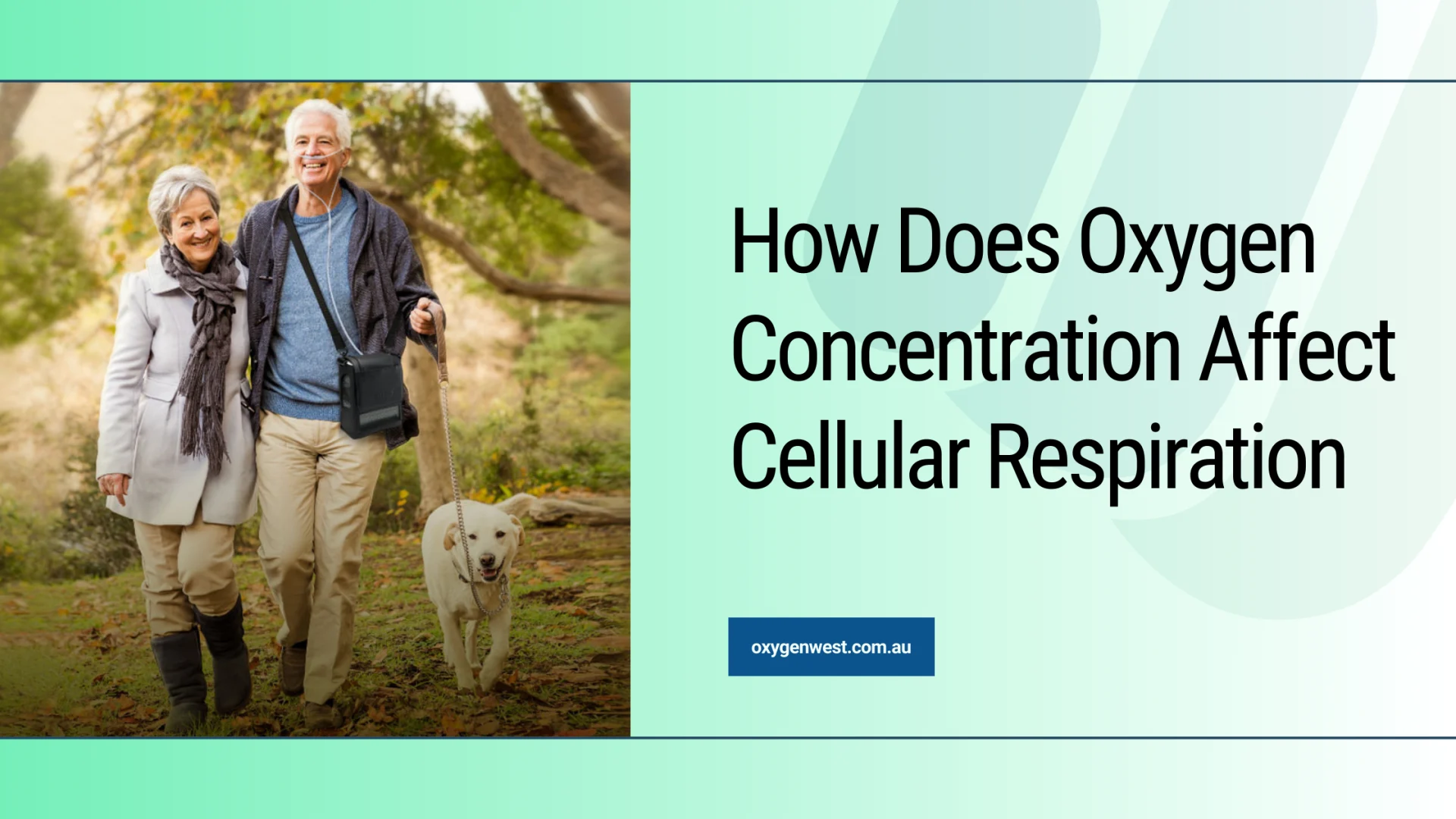How Does Oxygen Concentration Affect Cellular Respiration
Just as humans need food and oxygen to function, at a microscopic level, our cells too need nutrients and oxygen through a vital process called Cellular Respiration. A complex biochemical process, cellular respiration is the powerhouse of our body’s cells, delivering the much-needed energy for day-to-day activities.
But what facilitates this lifeline? You guessed it, our hero of the hour – oxygen. This mighty molecule is a principal player in the energy production happening inside our cells. To put it in simple terms, no oxygen, no energy – it’s as essential as that.
The question is: “How does a low or high concentration of oxygen influence cellular actions?” In this article, we’ll delve deep into the relationship between oxygen concentration and cellular respiration, looking at how varying oxygen levels can impact this fundamental process.
Effects of Oxygen Deprivations on Cells
Breathe in, breathe out, and ponder on this for a moment: What happens when our cells don’t receive enough oxygen? Under conditions of oxygen deprivation, our bodies are remarkably adaptable and can switch to a backup energy production system known as anaerobic respiration. But with this survival mechanism come some significant trade-offs.
What is Anaerobic Respiration
Picture this: you’re in the middle of an intense workout, pushing your physical limits. Your muscles are screaming for energy, and your heart pounds like a drumbeat. This is where anaerobic respiration enters the stage.
Anaerobic respiration is like the emergency generator of cellular energy production. When oxygen levels are insufficient for the demands of your cells, they switch gears and resort to this alternative metabolic pathway. Unlike aerobic respiration, which occurs in the presence of oxygen, anaerobic respiration takes place when oxygen is scarce.
Production of Lactic Acid During Anaerobic Metabolism
Now here’s the twist in the tale – anaerobic respiration has a dark side. While it keeps the cellular lights on during oxygen shortages, it comes with a byproduct that’s not ‘so’ friendly: lactic acid. As your cells hastily churn out energy without oxygen, lactic acid builds up, causing that familiar burning sensation in your muscles during intense exercise.
Short-Term and Long-Term Consequences of Oxygen Deprivation
Sure, our bodies are resilient and adaptable, but consistent oxygen deprivation is not a state we’d advise. Let’s explore the consequences of oxygen deprivation in both the short-term and the long run:
- Short-term Consequences: Oxygen deprivation in the short term leads to immediate discomfort. Your muscles tire quickly, and you experience that burning sensation due to lactic acid buildup. It limits your endurance and performance during strenuous activities.
- Long-term Consequences: Chronic oxygen deprivation, on the other hand, can have more severe repercussions. Cells constantly deprived of oxygen may suffer damage over time, impacting their ability to function optimally. This, in turn, can lead to various health issues, including cardiovascular problems, reduced physical fitness, and even impaired cognitive function.
The Respiratory System’s Role in Oxygen Supply
Now, let’s explore how oxygen enters and moves through our body. This journey begins with the core highways of our respiratory system. As we dive deeper, we will discover the fantastic ways our bodies have adapted to sustain themselves and respond to changing oxygen levels in the atmosphere around us.
Overview of the Human Respiratory System
Our respiratory system is an intricate network of passageways and organs that facilitates the exchange of oxygen and carbon dioxide between our bodies and the surrounding environment. Beginning with inhalation at the nose or mouth, air travels down the trachea, splits into two bronchi – one for each lung, and then further bifurcates into bronchioles. These bronchioles culminate in tiny balloon-like structures, the alveoli, where the real magic happens – the direct exchange of gases with the blood.
Gas Exchange in the Lungs: Oxygen Intake and Carbon Dioxide Release
In the delicate microcosm of an alveolus, oxygen diffuses from the air we breathe into the tiny blood vessels – capillaries – that closely coat each alveolus. In exchange, carbon dioxide, a metabolic waste product, leaps from these capillaries into the alveoli. This carbon dioxide is then exhaled out of the system, thus successfully completing the respiratory cycle. This balanced gas exchange mechanism ensures that our bodies receive the optimal oxygen needed for cellular respiration and expels excess carbon dioxide preventing any detrimental acidification of the body.
Choose Oxygen West: Your Trusted Companion on the Path to a Healthier, Happier Life!
Now that we’ve ventured into the exciting world of oxygen concentration and cellular respiration, it’s essential to ensure that you meet your body’s oxygen needs so it can function at its best. Whether you seek relaxation, recovery, or enhanced performance, Oxygen West is here to support you every breath of the way! Our team of dedicated professionals is here to help you find the perfect portable oxygen concentrator to suit your lifestyle and needs. We pride ourselves on delivering industry-leading equipment and exceptional customer service, so you can breathe easy, no matter where life takes you.
Visit us to explore our products and services tailored to fit your needs and lifestyle. Take a deep breath and let us guide you through your journey to optimal breathing, health, and wellness!



